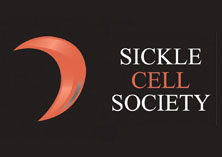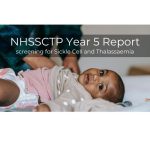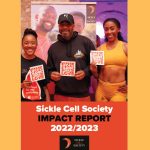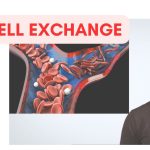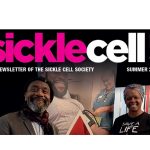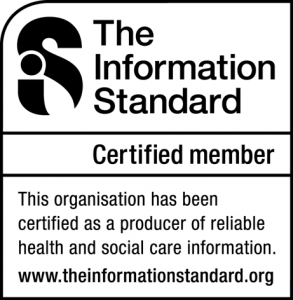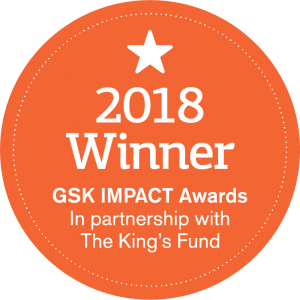This is a report on external research. It is not endorsed by the Sickle Cell Society and does not form part of our Information Standard-accredited information
This is an extract written by Kate Coleman, during her clinical placement at the Royal Free Hospital as a massage therapist.
Patients can experience severe pain during a sickling crisis. The pain is most common in the bones of the chest, back, jaw, leg, arms and the abdomen. Individuals commonly have one or more specific areas where they usually feel the pain.
As yet there is no cure for sickle cell anaemia. Treatment both during and between crises focuses on management, with the aim of reducing the frequency and severity of crises and controlling the symptoms.
Not all crises require hospitalisation. A minor crises can often be managed at home with the use of orally administered painkillers and an increased oral fluid intake. More severe crises will require hospitalisation where immediate, usually opiate or narcotic analgesia is administered and the patient is put on intravenous antibiotics and hydration. The patient may also receive an exchange blood transfusion which will temporarily replace the haemoglobin SS with haemoglobin AA. In less severe cases oxygen therapy to increase blood oxygenation may suffice.
Constant and severe pain can be crushingly debilitating and effective pain management is of great importance. Unfortunately it is often difficult to get right.
A study of 57 individuals living with sickle cell anaemia conducted by the Department of Public Health Sciences at Guy’s, Kings and St Thomas’ Schools of Medicine in October 1998, found that patients suffer both under treatment and over treatment of their pain in hospital, whilst the United State Government body, the National Institute for Health (NIH) reports that ‘a few patients state that they are always in ‘pain’ and repeatedly require hospitalisation. The NIH further observes that over treatment with narcotics and IV fluids increases the morbidity of therapy, whilst under treatment and persistent pain can severely debilitate the patient and that repeated episodes of sudden unexpected pain often lead to great fear.
Many studies have been conducted into the use and efficacy of massage in promoting pain relief. A pilot study into alternative treatments (including massage) for pain relief after heart bypass surgery conducted by Cedars-Sinai Medical Centre in Los Angeles and reported in Rueters Health June 2000, found that almost all patients considered the therapies to be very helpful.
Properly administered clinical massage has the advantage of being free from all adverse side effects and poses none of the risks of harmful dependency that are associated with opiate and narcotic analgesics. In supplementing the pain relief protocol the patient may well reduce dosages of these drugs, which may in turn prove to be more effective.
A study of venous function in the legs of patients with homozygous SS disease (Mohan & Sergeant) reported ‘whether or not (the ulcers) are caused by venous insufficiency is controversial, but results of our pilot study have indicated that the venous responses shown by SS patients with leg ulcers strongly resemble those shown by patients with AA (normal haemoglobin)’, with established venous insufficiency.
This research suggests that massage may be beneficial between crisis when the patient is stable, to aid efficient circulation and thereby prevent the formation or deterioration of leg ulcers.
Massage has the additional psychological benefits of relaxing the patient and allowing them to look forward to at least one aspect of their hospital treatment that is specifically done for them as an individual and not a procedure, which is done to them as a patient. Clearly massage can be of enormous benefit to the sickle cell patient.
Kate Coleman is now a qualified massage therapist working on the haematology ward at the Royal Free Hospital, London, UK
